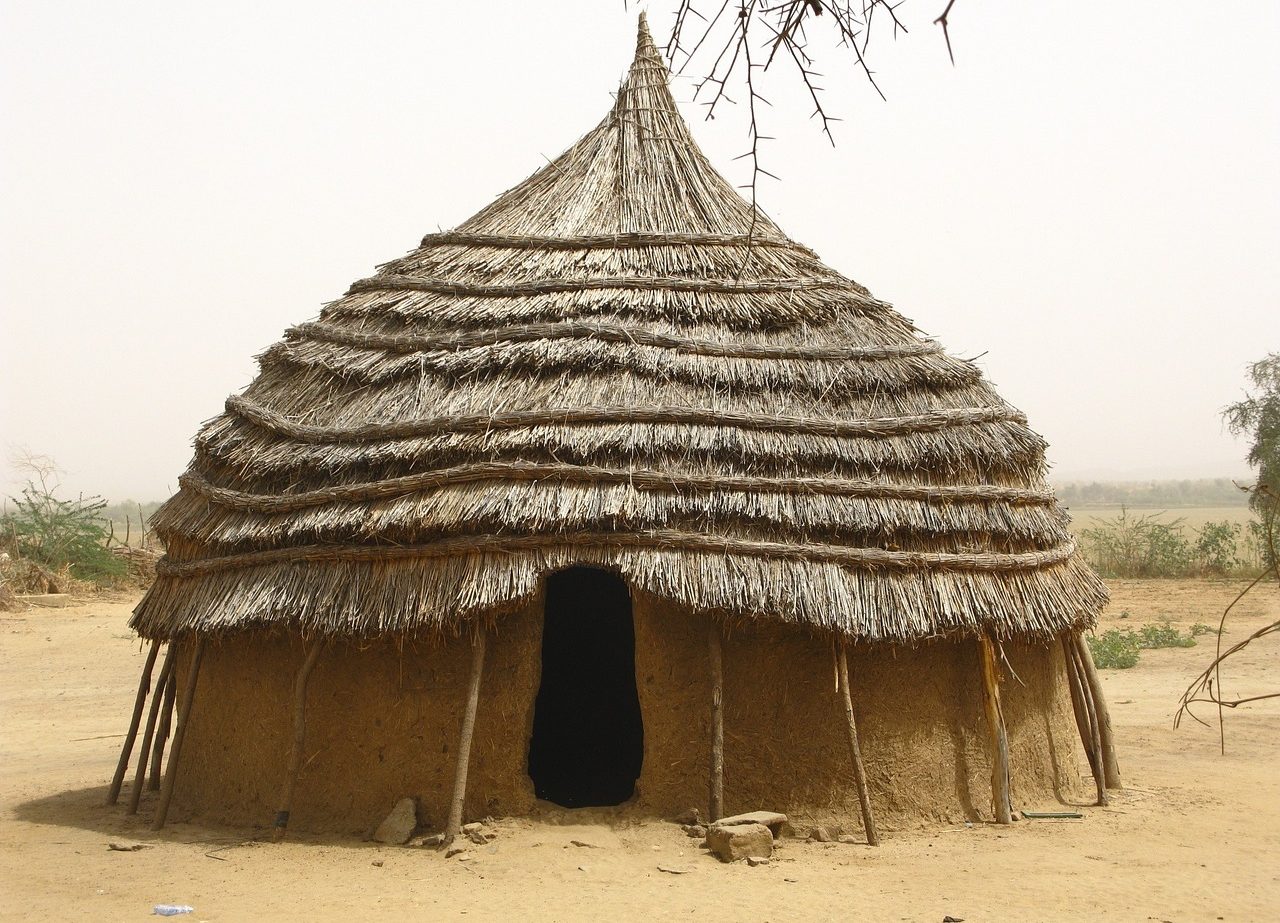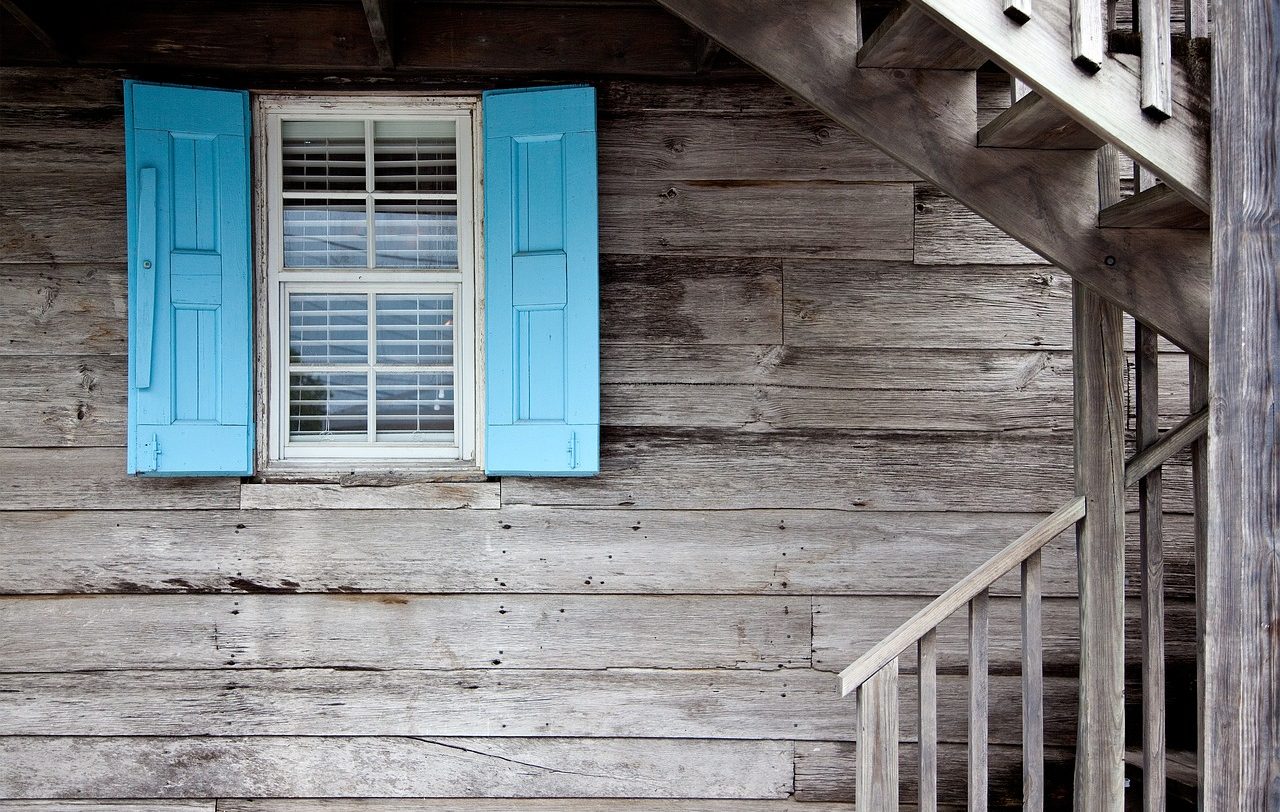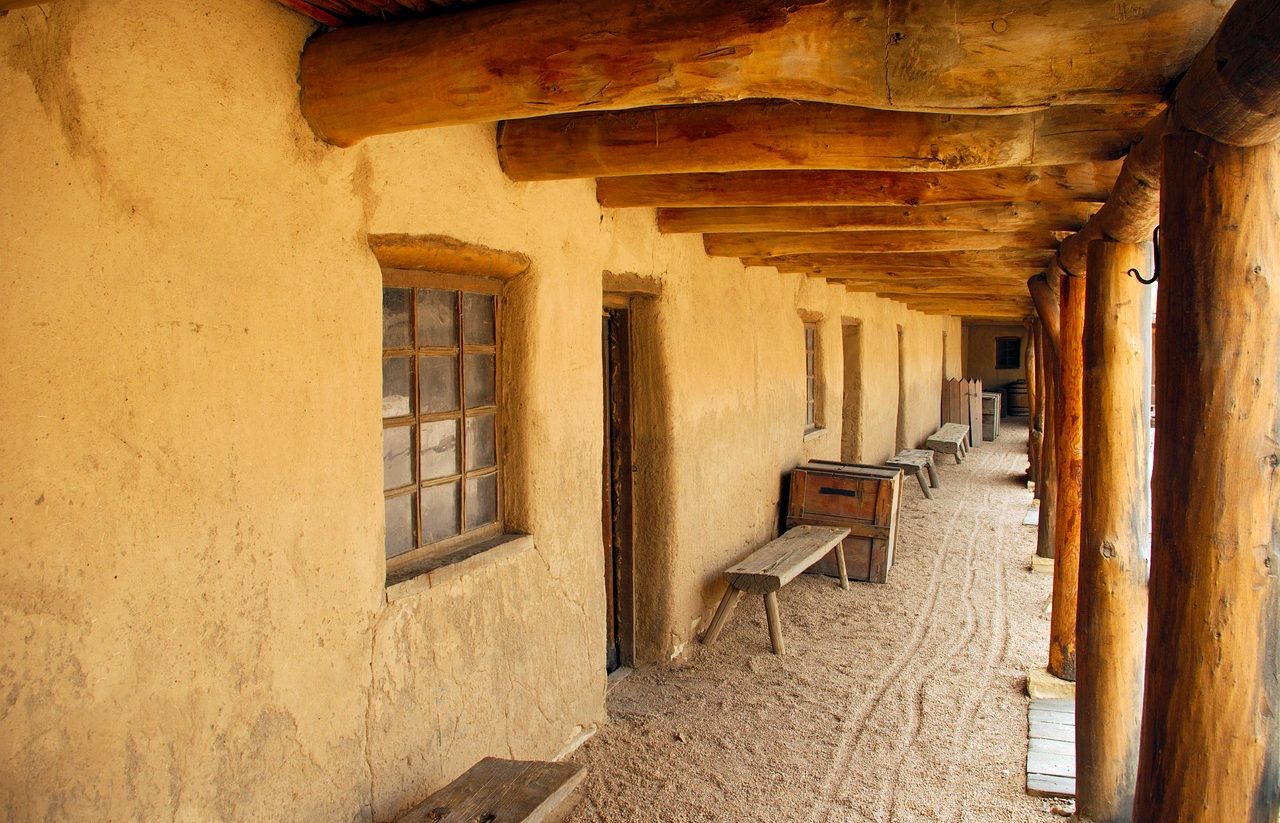
Bioconstruction uses natural or recycled materials to preserve ecology.
Bioconstruction is an approach to architecture and construction that seeks to minimize environmental impact, using natural or recycled materials and prioritizing energy efficiency. This technique integrates principles of sustainability, human well-being and respect for the environment, promoting buildings that harmonize with the environment.
Examples of bioconstruction
The following examples of bioconstruction show its versatility to adapt to different environments and needs, always with the aim of reducing environmental impact and improving quality of life.
adobe walls
This type of construction uses mud, straw and water bricks, materials that are abundant, biodegradable and have an excellent ability to regulate interior temperature. They stand out in hot and dry regions for their insulating capacity.
straw houses
Straw bales are used as insulating material in walls, which provides high thermal efficiency. Note that thatched roofs are also built for the same purpose. This method is popular in temperate climates and is very economical.
wooden houses
When obtained from sustainable sources, certified wood (such as FSC or PEFC seals) becomes an excellent bioconstruction material because it is renewable, biodegradable and has insulating properties. Log cabins or prefabricated wooden homes are common examples.
Earthships
They are self-sufficient homes that use recycled materials, such as tires filled with soil, to create energy-efficient structures. These homes are designed to be completely self-sustaining, taking advantage of renewable energy and water harvesting.
Eco-domes
They are dome-shaped structures made with earth, straw, stones or ecological bricks. Its design maximizes the use of natural resources, improving energy efficiency and interior comfort.
Green roofs
They consist of the installation of plants on the roofs of buildings, which contributes to improving thermal insulation, reducing water runoff and increasing green areas in urban environments.

Wood is an excellent material due to its insulating properties.
Clean energy sources
Sustainable construction focuses on reducing environmental impact through the use of clean energy sources such as hydraulic energy, which uses moving water to generate electricity, or wind energy systems, which transform the force of the wind into useful energy for the buildings.
The integration of these renewable sources helps reduce the ecological footprint in construction and contributes to the creation of more environmentally friendly buildings.
Zero energy buildings
Zero energy buildings are those that produce the same amount of energy as they consume, through the use of biomass energy (among other renewable technologies), which uses organic waste to generate heat or electricity.
This approach is part of ecological architecture , which seeks to maximize energy efficiency and reduce the carbon footprint, with sustainable materials such as ecological concrete and the use of ecological paints that do not contain toxic products.
Sustainable urbanism
Sustainable urbanism includes the planning and management of urban spaces in ways that minimize environmental impact, using strategies such as ecological restoration of degraded areas and the creation of landscapes that encourage biodiversity ( ecological landscaping ).
The sustainable management of the site also advocates the integration of respectful infrastructure, such as ecological mobile homes and the use of ecological furniture, made from recycled or low environmental impact materials.
Natural and ecological materials
Bioconstruction promotes the use of natural materials with low environmental impact, such as construction with earth . Examples of this approach include rammed earth houses and compressed earth blocks, which are highly efficient in terms of thermal insulation. Stone construction is also common, being a durable and locally available material in many regions, while mud houses use ancient techniques to create strong and sustainable structures.
Other natural building materials include bamboo, which is known for its rapid growth and high strength, and cork, which is primarily used in insulation due to its ability to maintain stable temperatures. Clay floors and clay roofs also stand out for their insulating capacity and sustainability in the life cycle of the material.
Modern and sustainable materials
In modern bioconstruction, innovative materials have been incorporated that minimize environmental impact. The use of low VOC (volatile organic compounds) materials in natural coatings and interior finishes ensures superior air quality in living spaces. High-performance glass helps improve the energy efficiency of buildings, reducing the need for heating or cooling.
Other modern approaches include building with recycled containers, which gives a second life to these industrial elements, and the use of coconut fiber insulation, a natural and renewable material with excellent thermal properties. The focus on using low-impact materials , such as earthen coatings and local building materials, also reinforces sustainability, by reducing the carbon footprint associated with the transportation and manufacturing of conventional materials.

Adobe is prepared with mud, straw and water.
Integration of efficient systems
Bioconstruction not only focuses on the use of natural materials, but also encompasses the implementation of sustainable technologies to create more efficient and comfortable buildings. An example is bioclimatic design , which takes advantage of the surrounding climatic conditions to reduce the need for mechanical air conditioning systems. In this sense, passive cooling systems and natural ventilation allow the interior temperature to be regulated without high energy consumption. Additionally, indoor air quality can be improved with efficient ventilation systems that ensure adequate circulation.
For the capture and use of energy, solar tiles and solar panels are easily integrated into the architectural design. Additionally, geothermal heating and solar heating systems offer eco-friendly solutions to maintain a comfortable temperature during the cold months.
On the other hand, energy efficiency also extends to lighting , where the use of LED lighting systems and natural lighting are key to reducing electricity consumption. At a structural level, sheep wool insulation and cool ceilings help maintain a pleasant indoor environment, minimizing the use of energy resources to cool or heat spaces.
Finally, the creation of microclimates and attention to environmental acoustics are fundamental aspects in bioconstruction, since they allow the design of more comfortable and harmonious spaces, respecting both the environment and its inhabitants.
